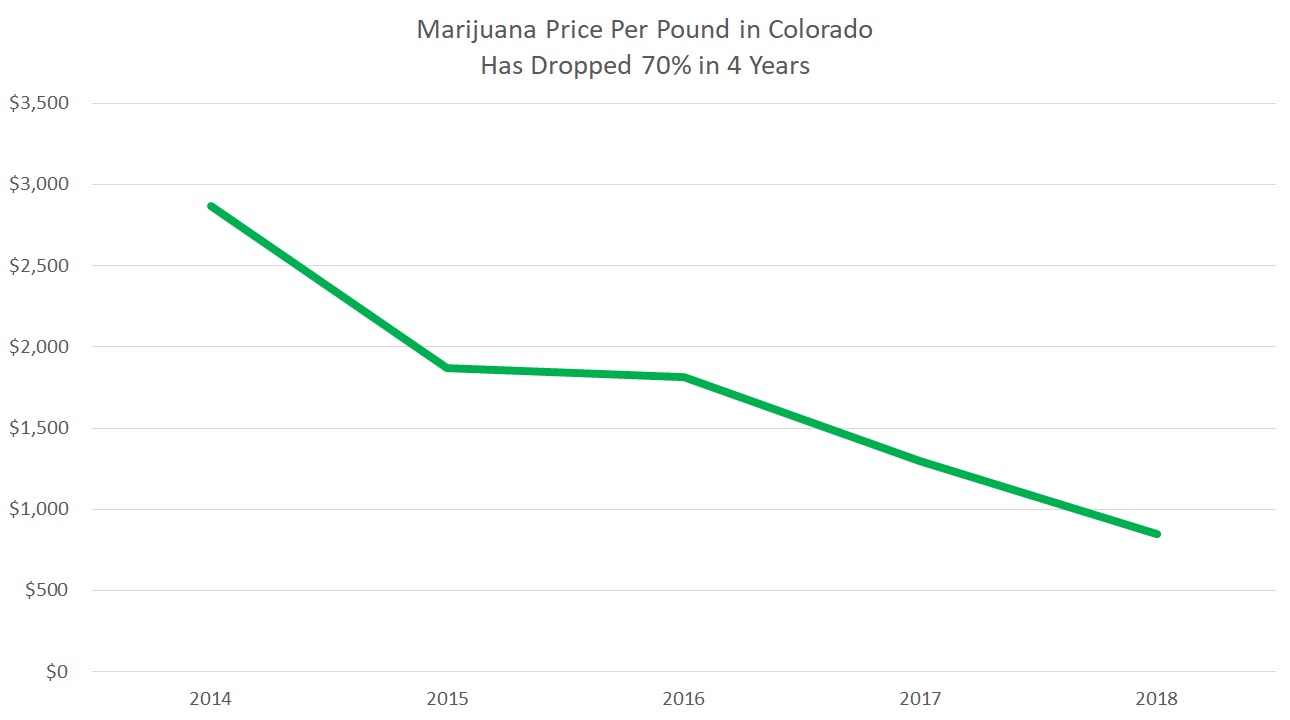Reactions to the “Responsible Ohio” cannabis-legalization initiative have a lot to tell us about the changing politics of the marijuana question. No much of what they have to tell us is encouraging.
Cannabis policy change in the United States has been driven, until now, by people whose interest in the matter was primarily non-commercial: pot smokers yearning to toke free, culture warriors of the (cultural) left, libertarians, criminal justice reformers concerned about arrest and incarceration, and people who think that it’s bad policy to criminalize the behavior of tens of millions of people unless there’s a stronger reason to do so than the risks of cannabis create.
Not that economic interests have been entirely absent; Dennis Peron was in the business of selling “medical marijuana†when he spearheaded Proposition 215. But Peron was also a righteous stoner; there’s no reason to doubt the sincerity of his expressed opinion that “all marijuana use is medical.†But the main funders of the recent initiatives, and of the big marijuana-legalization groups, have been ideologically-driven billionaires such as George Soros and the late Peter Lewis. (How old am I? Why, I’m s-o-o-o-o-o-o old that I remember when billionaires weren’t a branch of government.) And the people doing the work have been, for the most part, true believers rather than hired hacks.
That has begun to change. Americans for Safe Access has morphed from an advocacy group for medical-marijuana patients to, in effect, a trade association of medical-marijuana growers and sellers. The National Cannabis Industries Association has taken things even further, hiring a Washington lobbyist who might have been provided by Central Casting: about as far, culturally, from a typical NORML or MPP activist as it’s possible to imagine.
Inevitably, then, the marijuana movement has begun to give way to the marijuana lobby. To be sure, I’ve had my share of clashes with movement folks, and I haven’t always been impressed with their policy acumen or their standards of argument, but I’ve never seen any reason to doubt that they’re advocating the public interest as they perceive it. The people now being hired by the guys in suits doing cannabis-business stock promotions play by different rules. I expect them to have about the same ethical standards as lobbyists for the alcohol, tobacco, pharmaceutical, food, and fossil-fuels industries: that is, I expect them to be utterly willing to sacrifice human health and welfare on the altar of the operating statement, just like those folks at VW who decided it would be a cute idea to poison the air just a little bit to goose the performance of their diesel-driven cars. Continue reading “The marijuana movement and the marijuana lobby”


